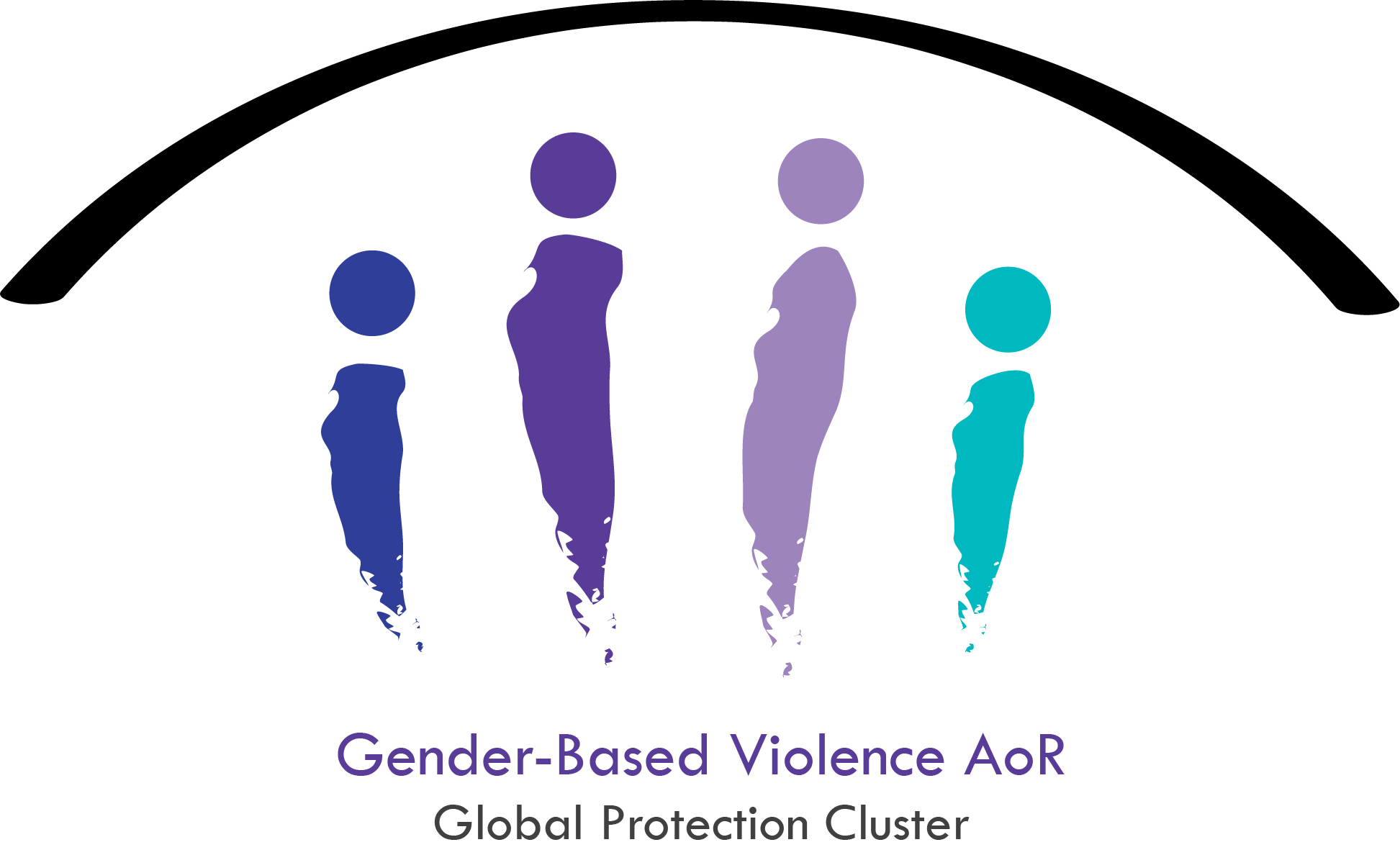Search Results for “”
Responding to violence against women based on their diverse sexual orientations, gender identities and expressions – an annotated bibliography of resources - GBV AoR Helpdesk 2021
13 May, 2021
Responding to violence against women based on their diverse sexual orientations, gender identities and expressions – an annotated bibliography of resources All women and girls face oppression, discrimination and marginalization based on gender inequality, but not all women and girls experience oppression and inequality in a homogeneous way. Oppression may be compounded by their sexual orientation, gender expression and gender identity. Despite there being a broad understanding that women and girls with diverse SOGIEs are at heightened risk of violence due to multiple and intersecting factors, there is limited evidence and documented practice of responses to this violence. This learning brief assembles resources regarding response that originate from a wide pool of actors including UN agencies, INGOs, World Bank and other Non-humanitarian sources.
التمويل اإلنساني للمنظمات والجمعات النسائية الوطنية / المحلية - GBV AoR Helpdesk
29 May, 2022
تعيش النساء في جميع أنحاء العالم تجارب مختلفة عن الرجال، في ظل معايير ترسخ عدم المساواة الجندرية. حيث يؤدي هذا التفاوت بدوره إلى تعزيز أشكال متعددة من العنف الذي ت تعرض له النساء والفتيات طيلة حياتهن. في األوضاع اإلنسانية، يمكن أن تزداد بعض أشكال العنف بالعنف القائم على النوع االجتماعي(. في أغلب األحيان، تكون المنظمات النسائية التي ل ضد النساء والفتيات )والتي يشار إليها أيضا ديها خبرة في مجال ً التصدي للعنف القائم على النوع االجتماعي هي أفضل من يحدد و يلبي احتياجات النساء والفتيات المتضررات من العنف القائم على النوع االجتماعي في مجتمعاتهن، فضالً عن تول حتملة لتمويل ّي استراتيجيات ذات صلة بالسياق لمنع العنف القائم على النوع االجتماعي. أع ّدت هذه الوثيقة لتحديد مصادر م المنظمات النسائية المحلية. إن قائمة الجهات المانحة هذه ليست شاملة ولكنها تُمثل نقطة انطالق.
Rapid Gender Analysis of Ukraine: Secondary Data Review- UN Women and Care International, 2022
06 Apr, 2022
This Rapid Gender Analysis (RGA) seeks to draw attention to the gender dynamics in the war in Ukraine—both preexisting and emerging—and draws out recommendations for humanitarian leadership, actors and donors to ensure consideration of the gendered dimensions of risk, vulnerability and capabilities in response and preparedness to this crisis. This RGA is a progressive publication based on secondary data resources—both pre-crisis information as well as information that has been released after 24 February. Resources comprise of English, Ukrainian and Russian language sources across humanitarian information sources and media as well as being informed through anecdotal discussions with UN Women partners. The secondary data review was conducted between 14 and 22 March 2022.4 This RGA builds upon the RGA Ukraine Brief 5 developed by CARE International during the first week of the crisis and will be followed by another publication that will include an analysis of both primary and secondary da...
The Cost of Inaction Gender-Based Violence in Yemen - GBV AoR 2022
11 Apr, 2023
The humanitarian crisis in Yemen is considered one of the world’s largest, with over 23 million people – 75 percent of the population — in need of humanitarian assistance. In 2022, needs have only grown and the crisis remains one of severe displacement and protection concerns1 . Yet despite the fact that preventing, mitigating, and responding to protection risks – including gender-based violence (GBV) – is one of the three objectives of coordinated response to the crisis in Yemen2 , the appeal for GBV prevention and response of $61.4 million is only 16 percent funded3.The costs of this inaction are the lives, dignity, and futures of millions of Yemeni women and girls.
Gender-Based Violence and Child Protection Field Cooperation Framework is Out!
06 Jan, 2022
Recognising the interconnected needs of child and adolescent survivors, it is evident that Gender-Based Violence (GBV) and Child Protection actors have overlapping responsibilities in regard to response, mitigation, prevention and preparedness. Actors must cooperate to generate better knowledge, develop skills and expand resources. Both GBV and Child Protection minimum standards reiterate the need for intersectoral cooperation. Increasingly complex emergencies require the collaboration between different disciplines to understand and address new and growing needs affecting girls and boys.1 Changes in the humanitarian landscape means that GBV and Child Protection response, mitigation and prevention will be led and implemented by diversified, local actors. Local actors need support to take on leadership roles in leading and coordinating response. Local women and youth organisations are instrumental for the practical response to the needs of child and adolescent survivors. The role of GBV ...
